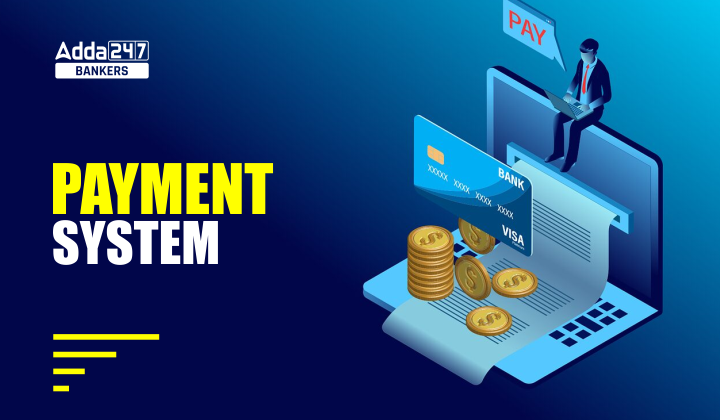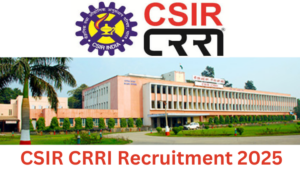1. What is the National Electronic Funds Transfer (NEFT) System?
Ans: NEFT is a nationwide centralized payment system owned and operated by the Reserve Bank of India (RBI).
2. What are the advantages of using the NEFT system?
Ans: NEFT offers the following advantages for funds transfer or receipt:
- Round-the-clock availability on all days of the year.
- Near-real-time funds transfer to the beneficiary account and settlement in a secure manner.
- Pan-India coverage through a large network of branches of all types of banks.
- Positive confirmation to the remitter by SMS / e-mail on credit to the beneficiary account.
- Penal interest provision for the delay in credit or return of transactions.
- No levy of charges by RBI from banks.
- No charges to savings bank account customers for online NEFT transactions.
- Besides funds transfer, the NEFT system can be used for a variety of transactions including the payment of credit card dues to the card-issuing banks, payment of loan EMI, inward foreign exchange remittances, etc.
- Available for one-way funds transfers from India to Nepal.
3. What is the Indian Financial System Code (IFSC)?
Ans: IFSC or Indian Financial System Code is an alpha-numeric code that uniquely identifies a bank branch participating in the NEFT system. It’s an 11-digit code with the first 4 alpha characters representing the bank, and the last 6 characters representing the branch. The 5th character is 0 (zero). IFSC is used by the NEFT system to identify the originating / destination banks/branches and also to route the messages appropriately to the concerned banks/branches.
4. Is there any limit on funds/amount to be remitted through the NEFT system?
Ans: No, there is no limit imposed by the RBI for funds transfer through the NEFT system. However, banks may place amount limits based on their own risk perception with the approval of their Board.
5. Can the NEFT system be used for remitting funds even by those who do not have a bank account?
Ans: Yes, the person having no bank account can remit funds through NEFT to a beneficiary having a bank account, with another NEFT member bank. It can be done by depositing cash at the nearest NEFT-enabled branch of any bank, by furnishing additional details such as a complete address, telephone number, etc. Such cash remittances will, however, be restricted to a maximum of ₹ 50,000/- per transaction.
6. What does RTGS stand for?
Ans: The acronym ‘RTGS’ stands for Real-Time Gross Settlement, which can be explained as a system where there is the continuous and real-time settlement of fund transfers, individually on a transaction by transaction basis (without netting). ‘Real Time’ means the processing of instructions at the time they are received; ‘Gross Settlement’ means that the settlement of funds transfer instructions occurs individually.
7. What are the benefits of using RTGS?
Ans: RTGS offers many advantages over the other modes of funds transfer:
- It is a safe and secure system for funds transfer.
- The system is available on all days on a 24x7x365 basis. There is the real-time transfer of funds to the beneficiary account.
- The remitter need not use a physical cheque or a demand draft.
- The beneficiary need not visit a bank branch for depositing the paper instruments.
8. How is the processing of RTGS different from that of the National Electronic Funds Transfer (NEFT) System?
Ans: NEFT is an electronic fund transfer system in which the transactions received up to a particular time are processed in batches. Contrary to this, in RTGS, the transactions are processed continuously on a transaction-by-transaction basis throughout the day.
9. Is RTGS a 24×7 system or are there some timings applicable?
Ans: RTGS is available 24x7x365 with effect from December 14, 2020.
10. Is there any minimum / maximum amount stipulation for RTGS transactions?
Ans: The RTGS system is primarily meant for large value transactions. The minimum amount to be remitted through RTGS is ₹ 2,00,000/- with no upper or maximum ceiling.
11. What is the UTR number?
Ans: A unique Transaction Reference (UTR) number is a 22-character code used to uniquely identify a transaction in the RTGS system.
12. What is IMPS?
Ans: IMPS is an Immediate Payment System. For transferring funds in real-time and 24X7X365 interbank was a major challenge faced in the banking industry. Only NEFT & RTGS were available to users for fund transfer during banking hours in 2010
13. How funds are transferred using IMPS?
Ans: IMPS provides robust & real-time fund transfer which offers an instant, 24X7, interbank electronic fund transfer service that could be accessed on multiple channels like Mobile, Internet, ATM, and SMS. IMPS is an emphatic service that allows transferring of funds instantly within banks across India which is not only safe but also economical.
This facility is provided by NPCI through its existing NFS switch.
14. What is NFS Switch?
Ans: National Financial Switch (NFS) ATM network having 37 members and connecting about 50,000 ATMs was taken over by NPCI from Institute for Development and Research in Banking Technology (IDRBT) on December 14, 2009. Over the span of a few years, the NFS ATM network has grown many folds and is now the leading multilateral ATM network in the country.
15. What is the maximum limit of IMPS?
Ans: The maximum limit of IMPS is 5 lakh
GA Topper Series: 6th July 2022 Quiz
GA Topper Series: Financial Services Institutions Bureau
Recent Posts
| Current Affairs April 2022 | |




 GA Capsule for SBI Clerk Mains 2025, Dow...
GA Capsule for SBI Clerk Mains 2025, Dow...
 The Hindu Review October 2022: Download ...
The Hindu Review October 2022: Download ...
 Delhi CSIR CRRI Recruitment 2025 Notific...
Delhi CSIR CRRI Recruitment 2025 Notific...







